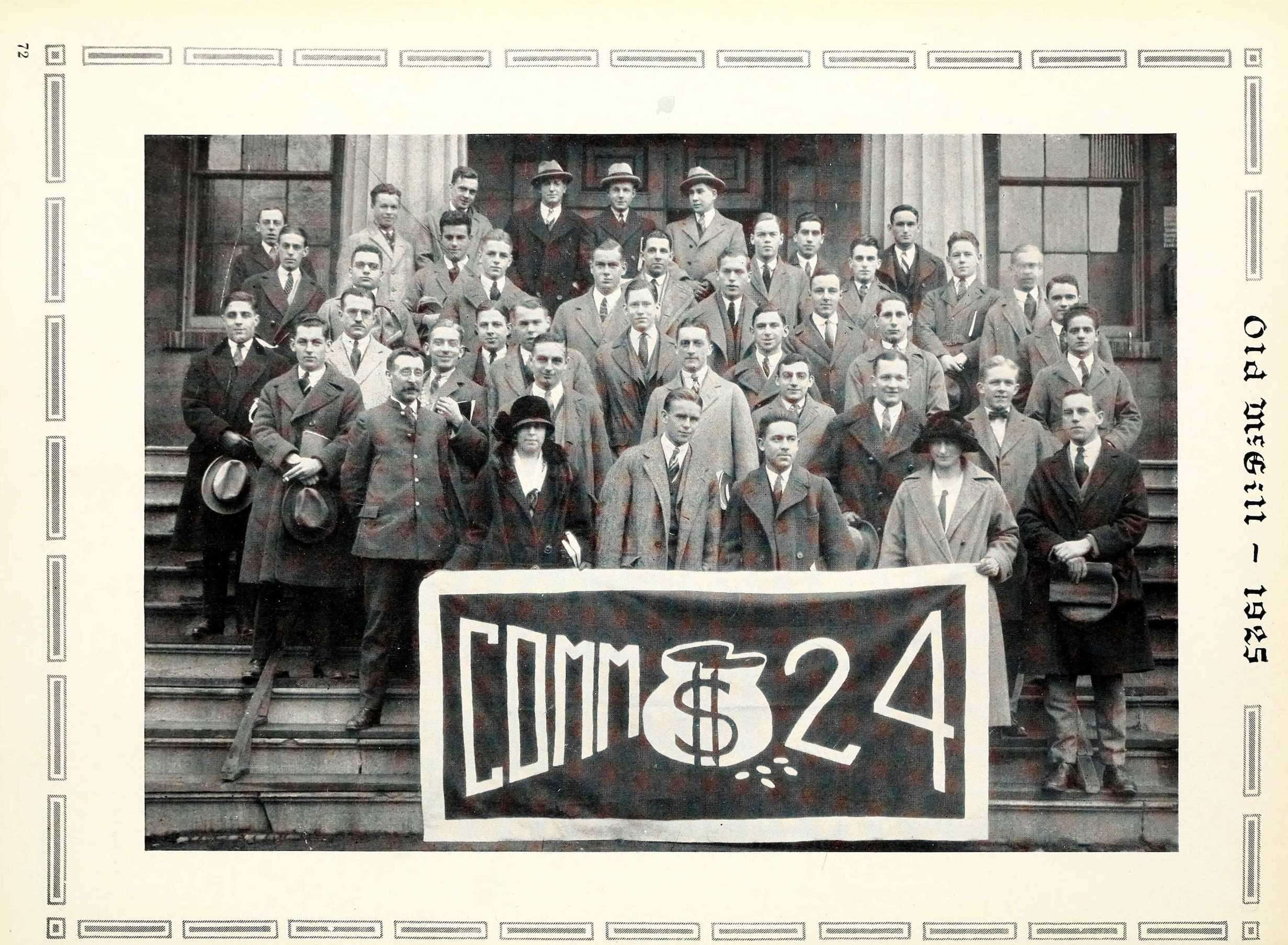Anyone with a job has been to an offsite, or five or ten. Managers plan with intent, money is spent on the location and more, and real opportunity is incurred by time outside the office.
And yet… most off-sites barely move the needle. Why?
Could be too broad or narrow a group, too unfocused an agenda, too much passive audience time, weak coordination, or dozens of other missteps. In addition to basic mistakes, it lacks attention to human factors – motivation, emotion, group dynamics and more. Just months later, no one remembers what was discussed — let alone what was decided – and the feeling left behind is cold.
At Offsite.co, we’ve seen the difference between off-sites that check a box and off-sites that change the game. Here’s what the best teams do differently.
1. They Start with Purpose (Begin with the End in Mind)
Great off-sites begin with early intentional planning. Before scheduling anything, teams get crystal clear on the why:
- What type of offsite is this – high level strategy, design or decision focused workshop, team building/enrichment, or focused on learning and information sharing?
- Are we exploring new directions or choosing one?
- Are we setting a vision or finalizing execution plans?
- What do we want to walk away with — decisions, alignment, or a shared understanding?
- How do I prepare for the day?
The answers determine the plan: agenda, attendees, reading materials, tone.
2. They Stay Focused
More topics doesn’t mean more value.
The most effective off-sites narrow in on just a few strategic priorities — not fifteen, not “as many as we can fit.” Less is more and the goal is clarity.
3. Invite the Right People (and Only the Right People)
Too many voices in the room? You get noise. Decision-making off-sites should be tight, senior, and relevant. Broader brainstorming sessions can bring in more voices — but even then, clarity beats inclusion. Don’t turn strategy into a town hall. There are town halls for that 🙂
4. They Build a Shared Foundation
Skip the 142-slide decks. Skip the half-dozen PDFs no one will read.
Instead, create a focused fact book that gives everyone a shared understanding of the market, the business, and the issues at hand. Supplement with 1–2 sharp articles or case studies that frame the challenge in fresh ways. Make the book required reading before the offsite starts and include forms for feedback. A poll with results revealed at the offsite can create momentum. Off-sites aren’t for reviewing data — they’re for building on it.
5. They Surface the Real Issues — Anonymously
Want candor? Don’t just go around the room. Use pre-off-site interviews, card-sorting exercises, or private surveys to surface unspoken concerns, competing priorities, and different definitions of success. That data becomes a launchpad for real conversation.
6. For Some Ky Strategy Offsites, Don’t Try to Do It All in One Go
Two jam-packed days is rarely enough. The most effective strategy work happens over multiple sessions:
- Start with an immersive 2-day off-site
- Follow up a month later to refine and commit
- Build in quarterly check-ins for accountability
Big decisions deserve space — and iteration.
7. They Prioritize Alignment Over Consensus
You don’t need everyone to agree. You need everyone to commit. Strategy off-sites that aim for consensus can water things down. But when leaders leave aligned — even if they disagreed along the way — the strategy has a real shot at execution. Create exercises to narrow things down and make choices.
8. They Follow Through — Immediately
An off-site without follow-up is just a group vacation. Before anyone leaves the room, the best teams:
- Assign owners to each initiative
- Define metrics and milestones
- Document what was discussed and decided — clearly, on one page
- Build check-ins into regular operating rhythms
The goal isn’t just insight. It’s action.
The Bottom Line
A good off-site isn’t just a nice-to-have. In a hybrid world, it’s a necessity. It’s where strategy turns into movement. Where individuals become a team. Where direction becomes real. If your leadership team is going to take time away from the business, make sure that time actually moves the business forward.
That’s what we do at Offsite.co.
Let’s build something that works.

Leave a Reply